Carb cycling is the foundation of what I do every day and with every client. I know through years of experience with many different clients that carb cycling works, so I’m going to introduce you to the basics and the five different carb cycling plans—Easy, Classic, Turbo, and Fit, and Extreme. I’m stripping it down to the basics to get you started:

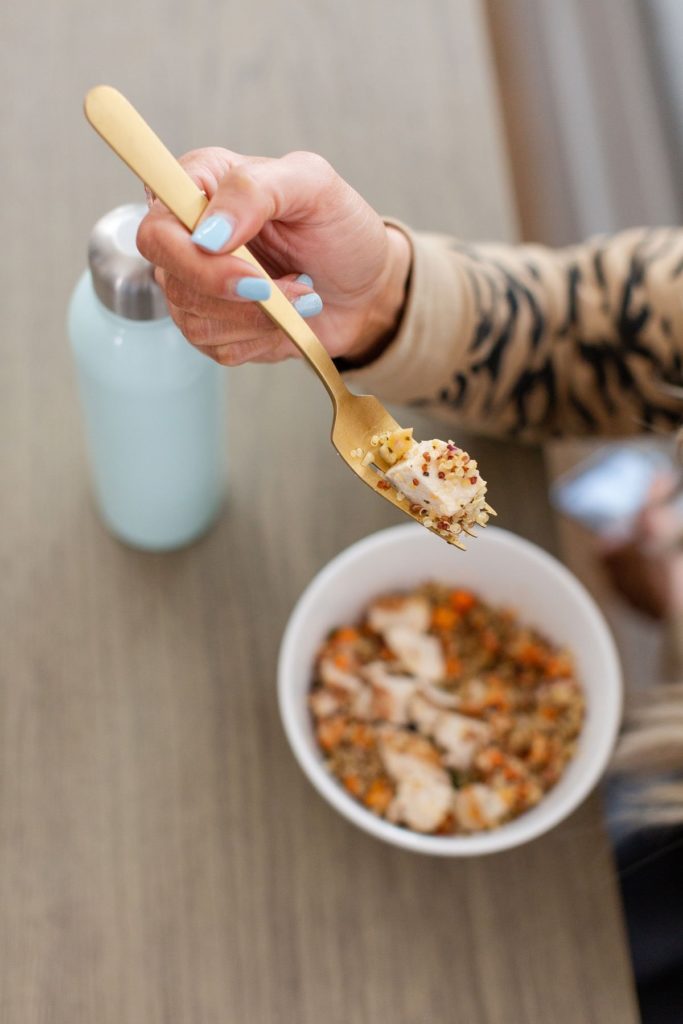
What is Carb Cycling + How Does it Work?
Carb cycling is an eating plan with alternating high carb and low carb days. It’s that simple. It also has built-in reward days or reward meals (depending on the plan you’re following), so you can still eat your favorite foods on a regular basis. Sounds pretty much perfect, right? You can eat healthy foods, enjoy foods you love, and still lose weight.
While each plan has a different mix of high carb and low carb days, each day works basically the same:
- Eat five meals—no more, no less.
- Eat breakfast within 60 minutes of waking or whenever your feeding window opens if you’re an intermittent faster.
- For breakfast, you’ll eat a portion of protein, carbs, and fat.
- For your next 3 meals (snack, lunch, snack), you’ll eat either a low or high carb meal depending on which day you’re on. So, if you’re on a low carb day, those three meals will be low carb. If you’re on a high carb day, those three meals will be high carb.
- Your last meal of the day will ALWAYS be a low carb meal. Always.
- Choose approved foods.
- Drink ½ your body weight in ounces of water every day. So, if you weigh 150 lbs, you’ll drink 75 ounces a day.
How Does Carb Cycling Work?
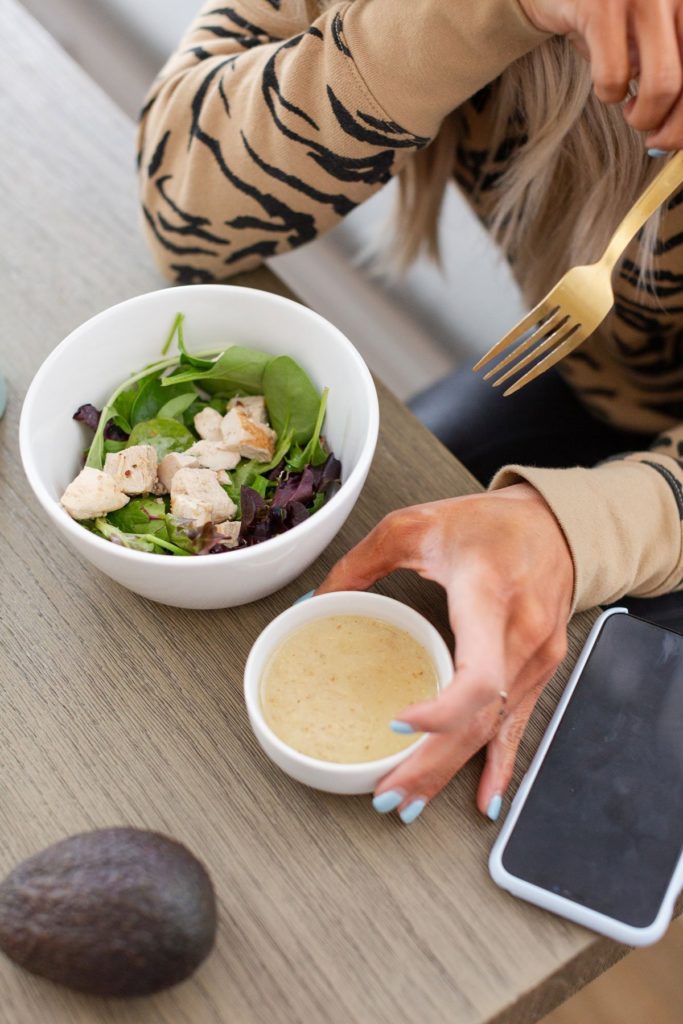
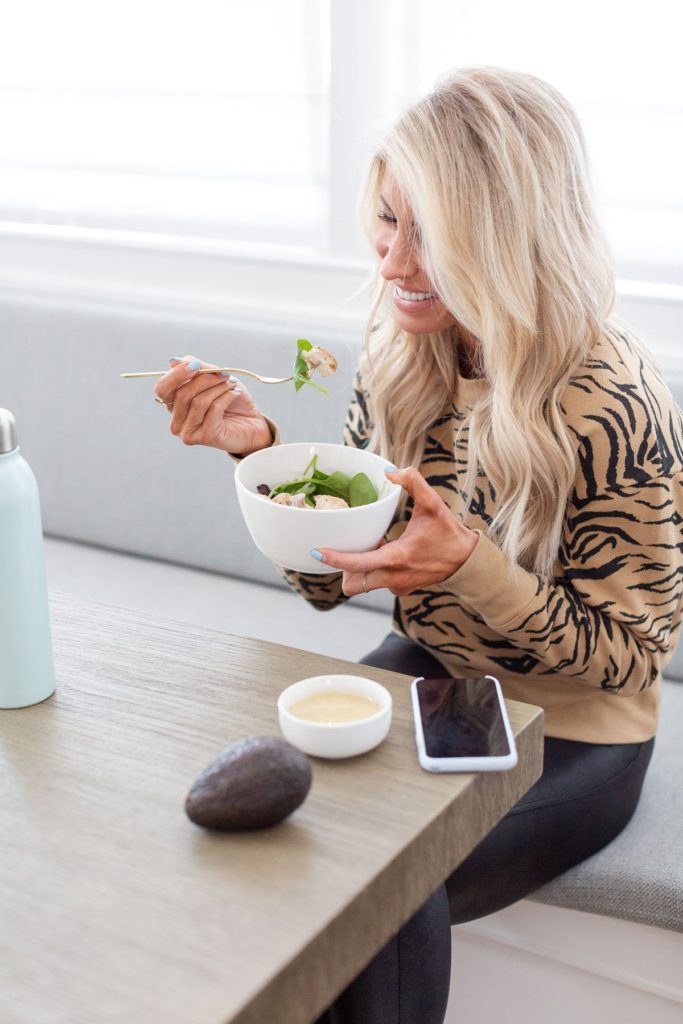
Carb cycling is based on the right combination of proteins, carbs, and healthy fats. In order to lose weight, our bodies need the right combination. Here’s why:
- Protein builds and maintains muscles and these muscles burn calories like an inferno. Protein also breaks down more slowly than carbs and fat, which burns even more calories and helps you feel fuller longer.
- Carbs are the preferred fuel source for your muscles and organs, and they come in healthy versions (vegetables, fruits, grains, and legumes), and not-so-healthy versions (cakes, cookies, soda, doughnuts, candy, and many processed foods). Healthy carbs are also crucial for burning calories, and since they break down more slowly than those not-so-healthy carbs, they keep your blood sugar and energy levels steady, and they also keep your calorie-burning furnace hot so it burns more calories!
- Healthy fats (unsaturated fats) eaten in moderation help the development and function of your eyes and brain and help prevent heart disease, stroke, depression, and arthritis. Healthy fats also help keep your energy levels steady and keep you from feeling hungry.
Why do we alternate high carb + low carb days in carb cycling?
On high carb days you’re stocking your calorie-burning furnace so that on low carb days your furnace burns fat, and lots of it! This pattern tricks your metabolism into burning a lot of calories, even on those low carb days. It’s an amazing and well-proven process.


What are the Benefits of Carb Cycling?
Carb cycling has many benefits:
- It fits any lifestyle.
- You’ll learn how to shed weight and body fat and how to make smart lifestyle choices for the rest of your life. This puts YOU in control.
- You’ll feel better and have more energy.
- You’ll eat the foods you love.
- You’ll build lean, strong muscles.
- You’ll be empowered physically, mentally, emotionally, and spiritually.
I’ve only skimmed the surface of carb cycling, so learn more about our five carb cycling plans to find your ideal cycle, and let’s get cycling!
Get even more information on carb cycling in both or our books: Extreme Transformation (the newest edition to our carb cycline lineup featuring the Extreme Cycle) and Choose More, Lose More for Life (which features our other four cycles).
If you’d like some help creating your own meals, there’s a handy “Create Your Own Meals” chart in this post! To get a customized cycle for you and your goals + several workout programs (from gym-based to bodyweight to dance) + the all-important life lessons (the key to long-term transformation), check out The Transform App.
Note: If you’ve been carb cycling using our book, Choose Lose More, Lose More for Life, you’ll notice that we’ve changed a couple of things since that book was published: You now include a fat for breakfast, and every final meal of the day is a low carb meal. Like with a lot of things in life, the more you do them, the more you learn about how to do them even better!
xo,

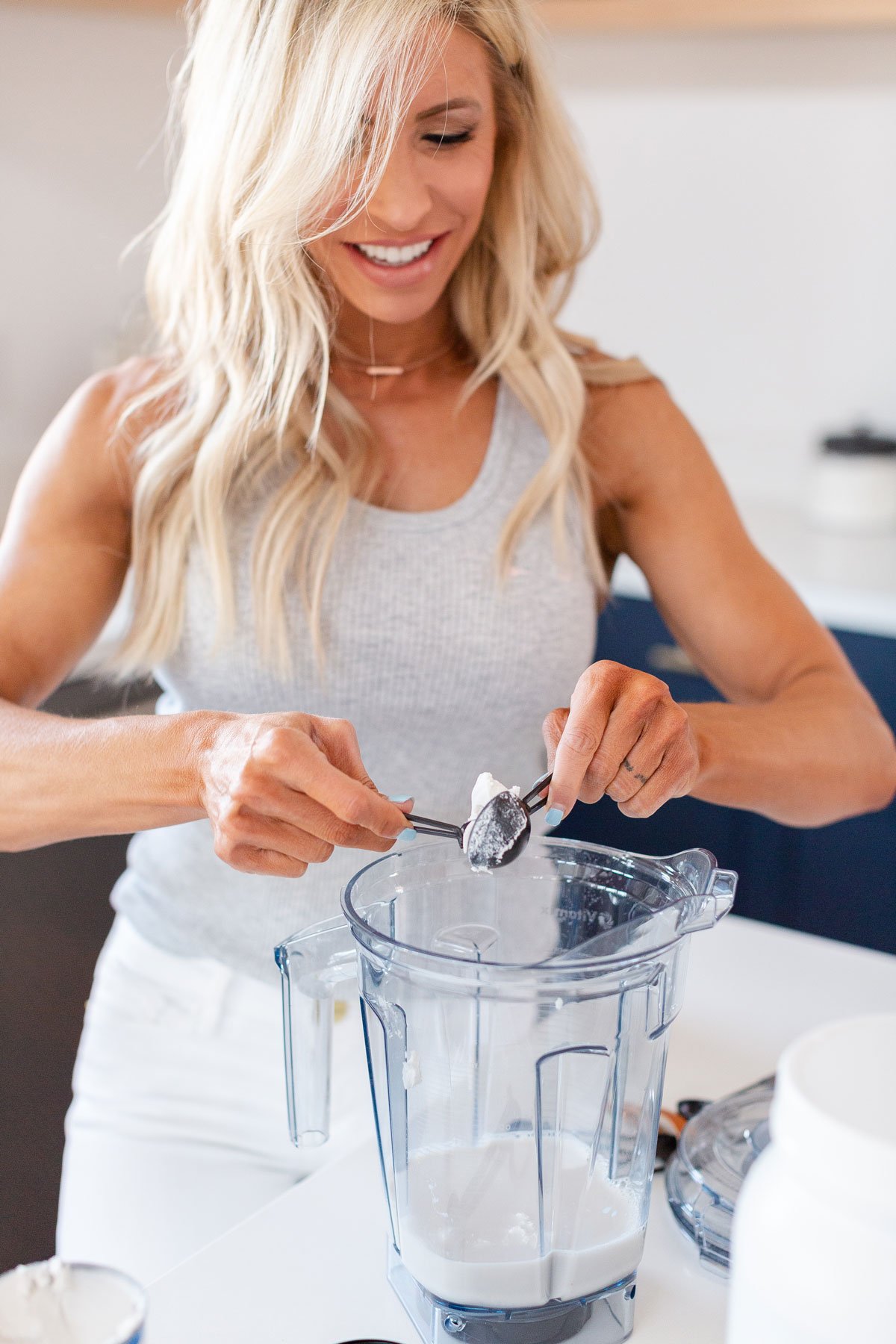

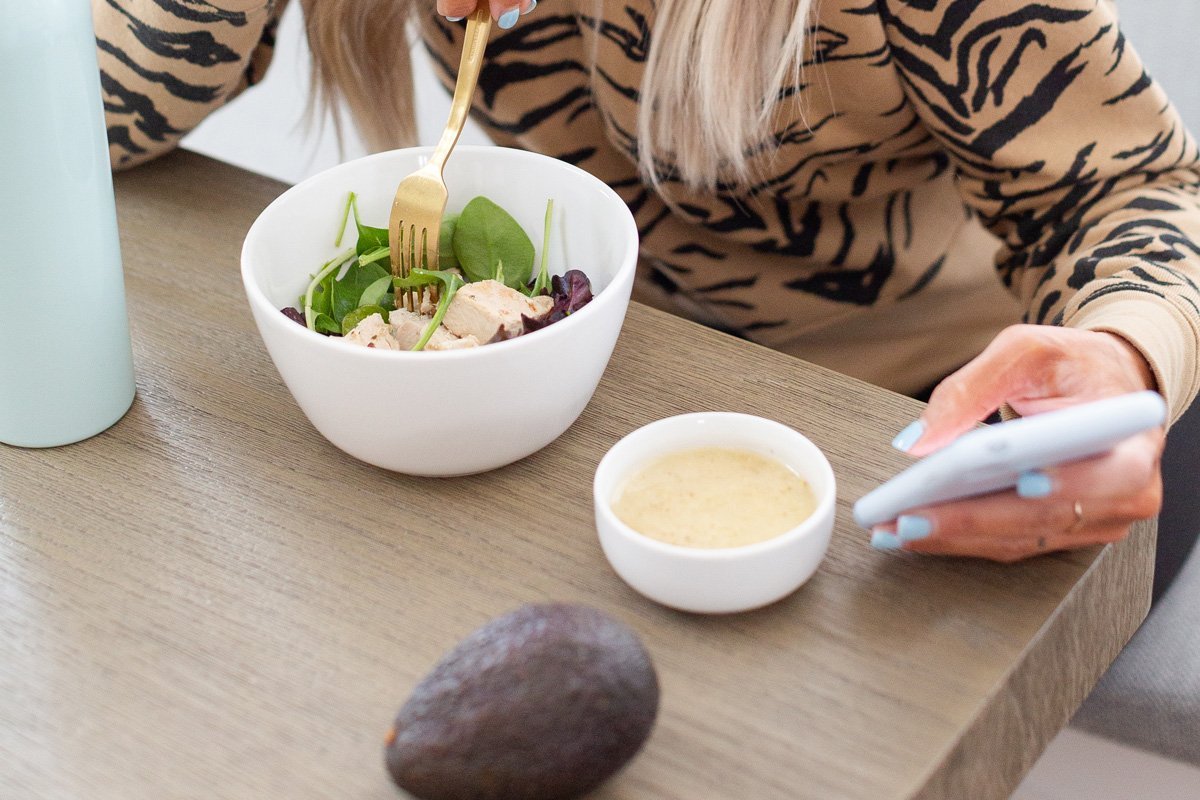

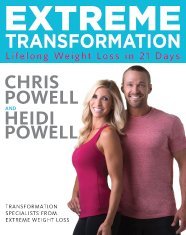


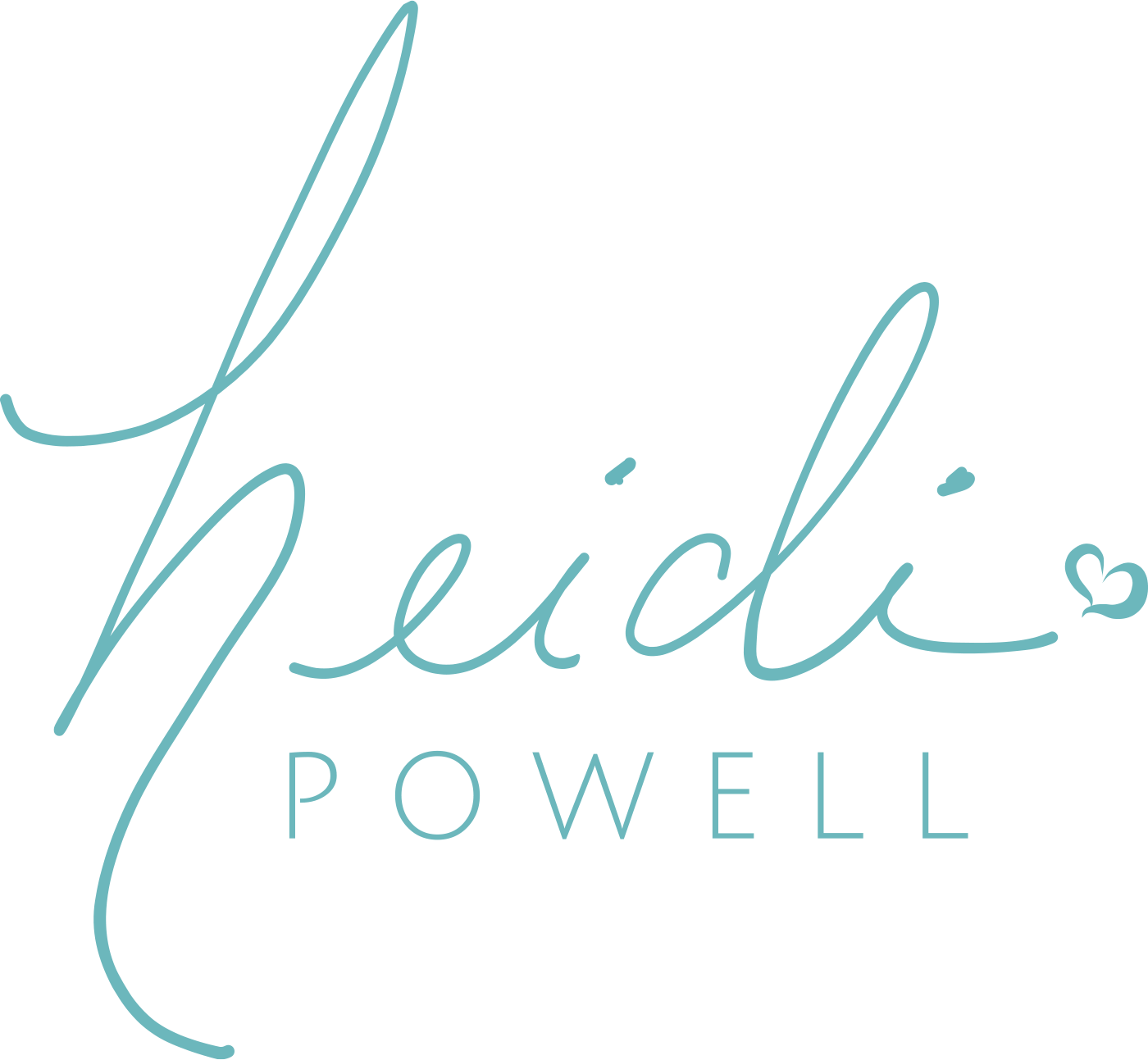
1,394 Responses
Dear Powell Team
I have been on South Beach But I am changing to your plan, my question is about eggs. so you always say egg whites. Do we not eat yolks at all?
Hi Natasha: Egg yolks are considered fats on the Easy, Classic, Turbo, and Fit Cycles, and 2 egg yolks are a fat portion. In these cycles, 4 egg whites are a protein portion. On the Extreme Cycle, 5 egg whites or 2 egg yolks are both considered protein portions. Hope that helps!
Hi! I’m super excited to have gotten your book from Amazon this week and to start the classic cycle Monday!
I’m a bit confused about the palm/fist/thumb size references compared to the 100cal listings/recipe amounts. I’m confused in particular with veggies, spinach for example. Is 2 fists of spinach not enough? Or is it supposed to be 3 cups of spinach plus 1 carrot equals 2 veggie servings (like at end of protein shake recipe)? Or 10 cups (!!) like in the 100cal list??
I know I can’t overeat veggies on this plan but don’t want to undereat them either.
Thanks!!
Hi Jennie: It’s best to go by the palm/fist/thumb measurements. The calorie lists at the back of the book are for reference purposes only for those people who also like to count calories, and those amounts do not match up with the palm/fist/thumb measurements for the most part. Doing the list in 70-100 calories segments made it much easier for reference purposes also. For veggies, aim for 2 fist fulls with all low-carb meals and with high-carb meals if you’re still hungry. Here are some macro percentages that can help you make sure you’re staying on track too: High-Carb Meal: Protein: 40%, Carbs: 40%, Fats: 20%. Low-Carb Meal: Protein: 40%, Carbs: 20%, Fats: 40%. You can do this!
Hey team Powell. I read that on the extreme cycle you should eat around 1500 kcal daily. Is it possible (beneficial) to do as the other cycles ? 1200 on low carb and 1500 on high Carb days ? I have a lot to lose and trying to get the best start 🙂
Hi Linda: It’s best to follow the Extreme Cycle as it’s outlined. You can do this!
Hello Team Powell,
I purchased Extreme Transformation: Lifelong Weigh Loss in 21 Days in audio form and am having a difficult time following the meal plans auditory. Is there anyway I can get the PDF in hard copy?
Hi Iddette: It can be tricky to find the PDFs for “Extreme Transformation.” You can 1) contact the help center where you purchased your audio book or 2) if that doesn’t work, you can contact the publisher directly at [email protected] and they will be happy to help you!
Hi Team Powell,
I love your work and I am just trying to decide which book to buy. I know Extreme Transformation has the most up to date information, but does this include all of the carb cycles or just the Extreme Cycle? I would like to option to choose which one works best for me! Thanks 🙂
Hi Wendy: “Extreme Transformation” only has the Extreme Cycle. “Choose More, Lose More for Life” (http://amzn.to/1rhkPaQ)has the other four cycles. And you can change cycles at any time too!
Hi,
I just started the Carb Cycle and I noticed after entering my meals for a low carb day that I’m at over 1500 calories. I’m afraid that I’m not getting my portion size right. I’m basing it off of the portion sizes but is there a recommendation for grams? I know that you recommend we only use portion size but I think I’m failing at that. 😛
Thanks
Tara
Hi Tara: Here’s how you can count your own macros, which might help with your meal planning: High-Carb Meal: Protein: 40%, Carbs: 40%, Fats: 20%. Low-Carb Meal: Protein: 40%, Carbs: 20%, Fats: 40%. And it’s difficult to hit 1500 calories exactly, so just aim to get as close as you can.
Hello Heidi, Love you and your family.
I am thinking about trying carb cycling but let’s talk coffee. I LOVE coffee. I typically have a latte every day, either at home or a venti at Starbucks. Does this fit at all? I don’t use any sweetener, just espresso and milk. It honestly doesn’t give me a boost and I don’t get headaches if I don’t drink it, I just love it and love to start my day with this hot delicious beverage. If I need to give that up, what are my options for both low carb and high carb days? I don’t love just plain black coffee. I will be honest, this has been one of the main reasons I haven’t started. 😀
Hi Kelli: Coffee is okay in carb cycling, but you’ll want to drink it black with natural sweeteners if possible.
Dear Chris and Heidi. I just started your book, after purchasing it at least two years ago. But I’m in t and getting the cycles going. I have 3 questions: I know water is critical. Is diet soda out completely, or just try and limit it?
2. What if meal #5 comes along 30 minutes before bedtime. Eat it or skip it?
3. I work occasional long days, meaning it could be 22 hours before I get back to bed. During that 22 hour work period… just keep eating every three hours?
Hi Scott: Welcome to carb cycling! Let’s get you some answers to your questions: 1. It’s best to not drink diet soda. If you have to have it, however, you can have it as part of a reward meal/day. 2. It’s best to not skip any meals. 3. Here’s a post that can help you structure your meals: https://heidipowell.net/10556/ask-the-powells-how-can-i-structure-my-meals-2/. Hope this helps – you can do this!
Hi ! First off thank you so much for the very informative and clear idea how to carb cycle. A brief history, I’m 30 y/p female 5’6 and 130 lbs. I had knee surgery 4 months ago that hasn’t gone well and has completely made me go from a competitive runner (50-60 mile weeks with high intensity/weight lifting) to the most sedentary u have ever been:( I struggle just walking around the grocery store….. So I hardly walk and sit most the day. I am able to do about 30 mins biking (HR doesn’t go above 100 though, single leg activities on my good leg, core and upper body weight lifting). Of course my normal steady (5 years +) body composition always had been 125 with about 16% body fat without eating sensibly but not tracking macronutrients/calories. I tried to not eat as much while struggling with this injury, but a few weeks ago started tracking my nutrients and realized I was eating over 2000 calories with living a very sedentary life! I want to feel better about myself, and not being able to exercise/walk pain free has had me go into some depression. I’ve decided to take control of what I can and that being nutrition! In saying this, I want to maybe loose a couple pounds, but more importantly I want to try to change my body composition to what I’m mores to without being able to do cardio or heavy leg weights. Any suggestions which carb cycle to do/calorie intake….I know it was stated at 1500 for women, but if one is very sedentary due to injury would this change? Thanks so much!
Meant to say * with eating sensible!
Hi Leslie: Any of the carb cycles you’d like, and you can change cycles at any time. On the Extreme Cycle, you’ll consume around 1500 calories a day, and on the other four cycles, you’ll consume 1200 calories on low-carb days and 1500 calories on high-carb days. You never want to go below 1200 calories a day also. Since a huge majority of weight loss is good nutrition, follow the cycle you choose, work out as you can, and you can achieve your goals!
I’m still confused about which carb cycle I should do.. I do 40 min of 6 days per week, and I do Heidi’s booty building program 2 days per week. I also try to fit in some yoga and stretch every day trying to improve flexibility.. Which cycle can work for all this? So confused- want to build muscle but still stay lean for yoga and flexibility!
Typo: I do 40 min of CARDIO 6 days per week
Hi Sydney: Here’s a post that can help you figure out what will work best for you: https://heidipowell.net/10540/ask-the-powells-gaining-healthy-weight/. If you would like to follow one of the five carb cycles, I’d start with the Extreme Cycle and follow the maintenance part of the plan since your goal if to gain muscle and not lose weight necessarily: https://heidipowell.net/10503/carb-cycling-the-extreme-cycle/. You can do this!